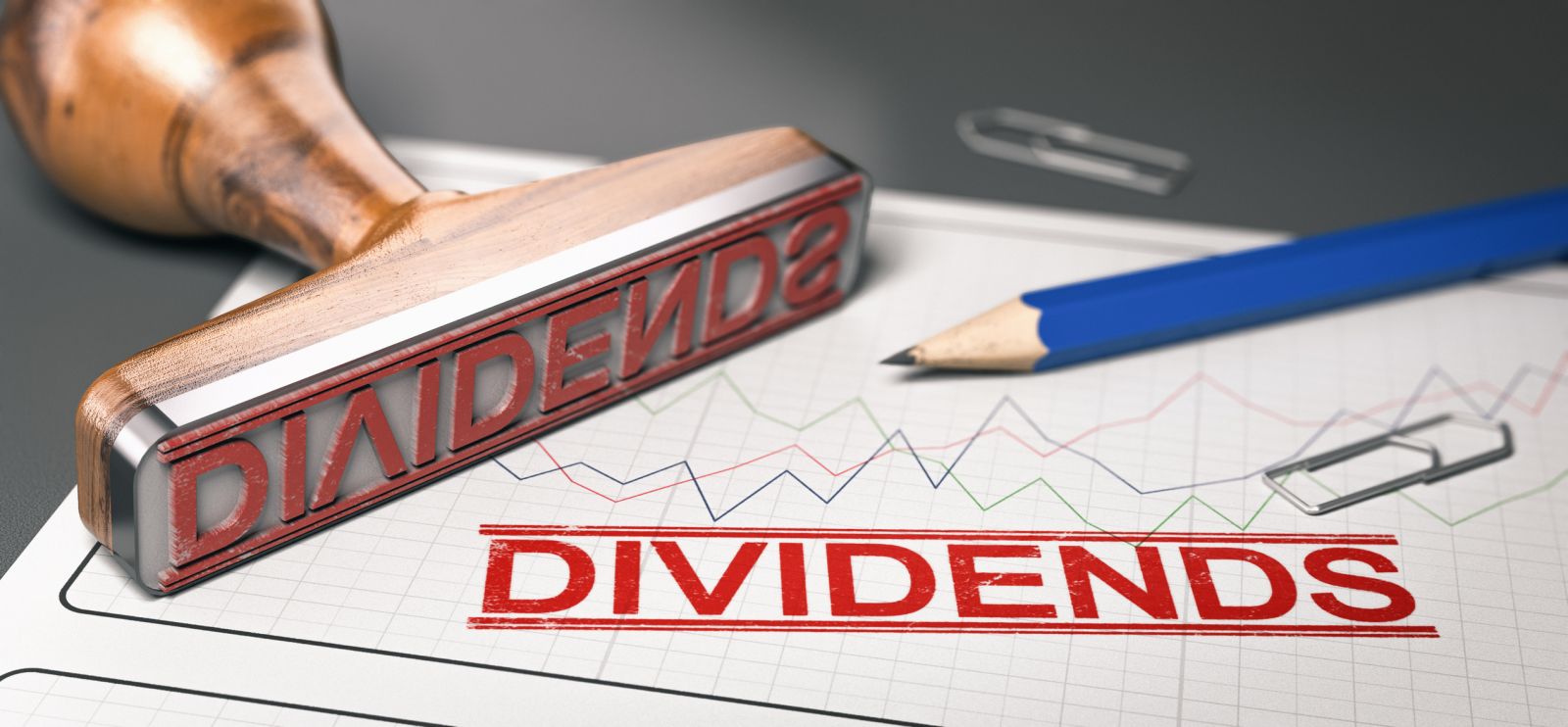3 Top Retirement Income Stocks

Dividend investing is ultimately about replacing your working income with a passive income stream for a financially free retirement (or early retirement). The reality of inflation means that your passive income stream can’t just be static. It must be perpetually growing.
When it comes to retirement income stocks, there are no better stocks than the Dividend Kings. The Dividend Kings are the best-of-the-best in dividend longevity, as they have all raised their dividends for at least 50 consecutive years.
The following 3 Dividend Kings have strong yields, dividend growth, and reliable payouts in recessions, making them attractive for retirees.
Coca-Cola Co. (KO)
Coca-Cola is the world’s largest beverage company, as it owns or licenses more than 500 unique non–alcoholic brands. Since the company’s founding in 1886, it has spread to more than 200 countries worldwide.
Coca-Cola now has 30 billion-dollar brands in its portfolio, which each generate at least $1 billion in annual sales.
Coca-Cola posted second quarter earnings on July 22nd, 2025. Adjusted earnings-per-share came to 87 cents, which was three cents ahead of estimates. Revenue was up 0.8% year-over-year to $12.5 billion, missing estimates by $80 million.
Organic revenue was up 5%, including 6% growth in pricing and mix, partially offset by a 1% decline in volumes. The company still expects to deliver 5% to 6% growth in organic revenue this year, unchanged from prior. Net revenue is expected to face a 1% to 2% headwind from currency impacts based on current positioning.
Sparkling soft drinks volume was off 1%, as Coca-Cola fell 1%. Coca-Cola Zero Sugar soared 14% as it grew in all geographic segments. Comparable operating margin expansion during the quarter was up to 37.1% of revenue, driven by organic growth, the timing of marketing investments, and effective cost management.
KO has increased its dividend for 63 consecutive years and currently yields 2.9%.
Stepan Co. (SCL)
Stepan manufactures basic and intermediate chemicals, including surfactants, specialty products, germicidal and fabric softening quaternaries, phthalic anhydride, polyurethane polyols and special ingredients for the food, supplement, and pharmaceutical markets.
It is organized into three distinct business lines: surfactants, polymers, and specialty products. These businesses serve a wide variety of end markets.
The surfactants business is Stepan’s largest by revenue. A surfactant is an organic compound that contains both water-soluble and water-insoluble components.
Stepan posted second quarter earnings on July 30th, 2025, and results were much worse than expected on both the top and bottom lines. Adjusted earnings-per-share came to 52 cents, which was nowhere close to estimates for 90 cents. Revenue was up 7% year-over-year to $595 million, missing estimates by $3.6 million.
Surfactant sales were $412 million, with selling prices soaring 11% on pass-through of raw material costs, primarily. Sales volumes were down 1%. Polymers net sales were up 2% to $163 million. Volumes were up 7% but selling prices declined 7%. Specialty Product sales were $20.5 million, up 22%, but margins worsened.
Adjusted EBITDA was $51.4 million, up 8% year-over-year. Adjusted net income was $12 million. Cash from operations came to $11.2 million, and free cash flow was negative $14.4 million on higher working capital requirements, as well as raw material builds.
SCL has increased its dividend for 57 consecutive years and currently yields 3.0%.
AbbVie Inc. (ABBV)
AbbVie is a biotechnology company focused on developing and commercializing drugs for immunology, oncology and virology. AbbVie was spun off by Abbott Laboratories in 2013.
AbbVie has become one of the largest players in the biotechnology industry, especially following the closing of its acquisition of formerly independent pharma company Allergan.
AbbVie reported its second quarter earnings results on July 31. The company was able to generate revenues of $15.4 billion during the quarter, which was 7% more than AbbVie’s revenues during the previous year’s quarter.
Revenues were positively impacted by compelling growth from some of its major drugs, including Skyrizi and Rinvoq, while Humira sales declined by 58% due to growing competition from biosimilars and market share losses.
AbbVie earned $2.97 per share during the second quarter, up 12% year-over-year. Earnings-per-share beat the consensus analyst estimate by $0.06.
Guidance for 2025’s adjusted earnings-per-share was raised during the earnings call; the company expects to earn $11.88 – $12.08 on a per-share basis this year.
AbbVie’s next generation drugs that mostly target the same indications (ulcerative colitis, rheumatoid arthritis, and so on) as Humira, Skyrizi and Rinvoq, have shown strong revenue growth over the last couple of years, however.
While the growth from these newer drugs was not enough to offset the Humira headwinds in 2023 and 2024, it is expected that AbbVie will be able to reverse course in 2025, with management forecasting both a positive revenue growth rate and a positive earnings-per-share growth rate.
ABBV has increased its dividend for 53 consecutive years and currently yields 3.1%.